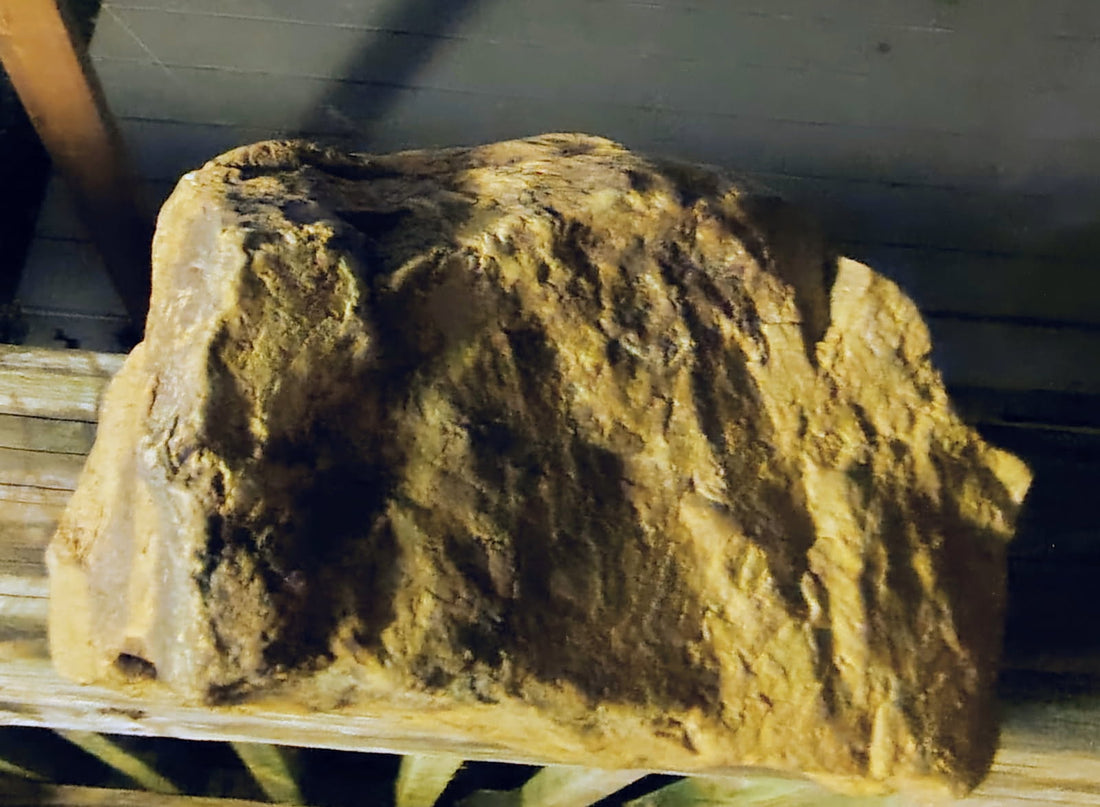
Describing To Others How To See The Prehistoric Rock Art
Share
How to Describe Portable Rock Art to People Unfamiliar With It
Start with What It Is—and What It Isn’t
Begin by defining portable rock art in simple, concrete terms. It refers to small stones or pebbles that have been intentionally shaped, engraved, painted, or selected for their natural forms by Indigenous peoples—often for spiritual, symbolic, or storytelling purposes.
Clarify misconceptions early. Unlike massive rock carvings or pictographs on canyon walls, portable rock art can fit in the hand. It’s often subtle, with faint markings or forms that rely on natural contours. Some people might dismiss it as “just a rock” at first glance. That's why context, pattern recognition, and Indigenous knowledge are essential to interpretation.
Focus on Patterns, Not Perfection
Train the eye to see intention in the rock’s features: repeated motifs, carved grooves, etched faces, animal forms, or pigment residues. Emphasize that Indigenous artists often worked with the natural shape of the stone, enhancing rather than erasing its form. The result is often abstract or ambiguous by modern standards, but deeply meaningful within its cultural framework.
Use terms like:
-
Incised (cut into the surface)
-
Petroglyphic (carved symbols)
-
Anthropomorphic (human-shaped)
-
Zoomorphic (animal-shaped)
Offer Analogies
When speaking to unfamiliar audiences, use analogies. For example:
“Imagine a sketch drawn on a stone, but with tools instead of pencils—and meaning tied to generations of culture, not just a moment of expression.”
Or:
“Think of it like early Indigenous sculpture—where the artist saw something in the stone and brought it forward.”
These comparisons help people relate it to things they already understand.
Anchor It in Indigenous Knowledge
Make clear that interpretation must be grounded in Indigenous worldviews and traditions. These pieces weren’t made for aesthetic purposes alone—they served ceremonial, spiritual, mnemonic, or territorial functions. Consult Indigenous voices and sources wherever possible.
Encourage Patience and Respect
Understanding portable rock art requires slowing down. Help people appreciate that not everything is meant to be obvious. Sometimes the meaning isn’t in what you see, but in how the stone was carried, used, or passed on. It’s not just about what’s carved—it’s about why it was chosen.
Include Visual Aids Whenever Possible
Use side-by-side images: one of the unaltered rock and one with lines lightly overlaid to highlight key features. Provide interpretive sketches if available. This helps people “see” the forms more clearly without needing advanced training.
